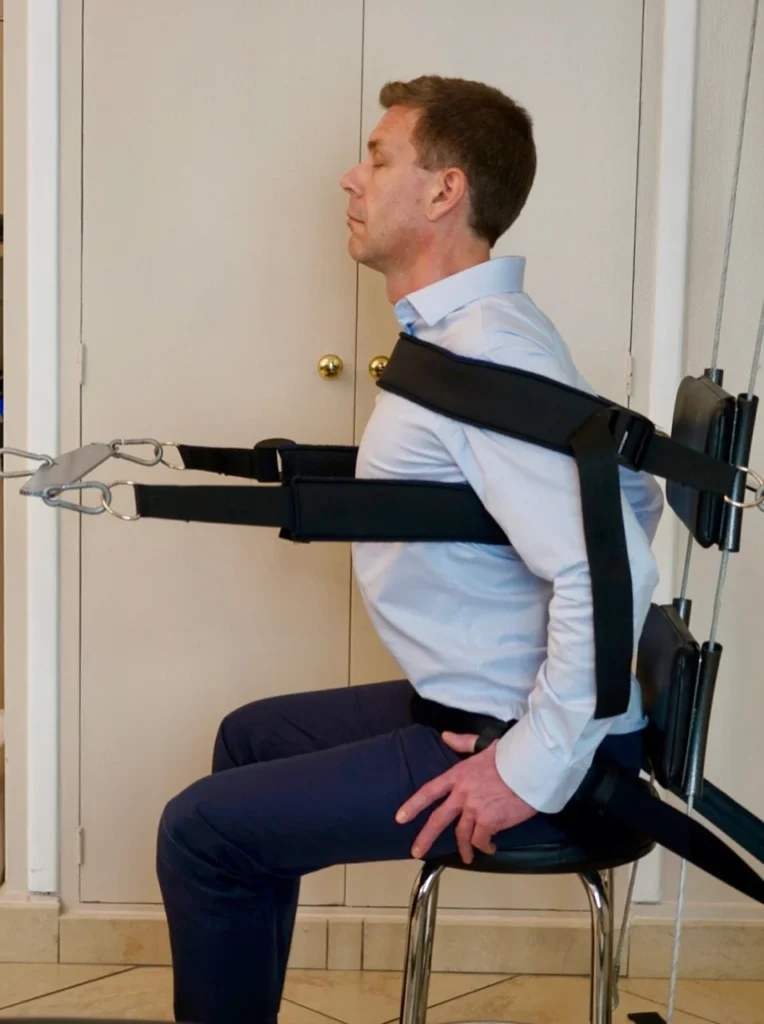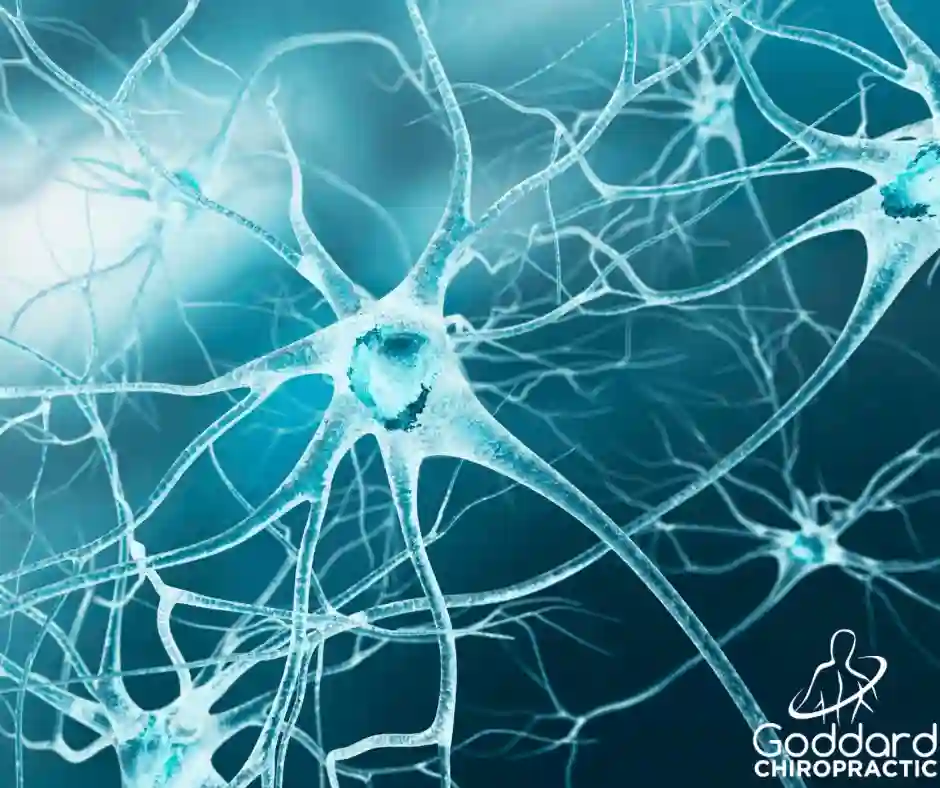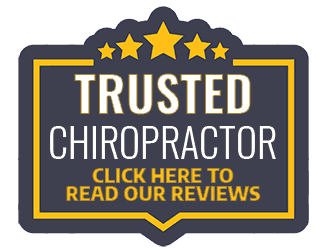Let’s talk about something most people ignore until it hurts.
Posture.
It sounds simple. Sit up straight. Keep your shoulders back. Don’t slouch. You have heard it since you were a child.
But posture is more than just a set of rules for how to sit or stand. It is not about looking proper.
It is about how your body holds itself against gravity. It is about how your spine protects your nerves. It is about how your muscles and joints work together so you can move with strength and ease.
And if you get it wrong, your entire body feels it.
We see the effects of poor posture every single day. Headaches. Back pain. Tight shoulders. Fatigue. Pins and needles. Weakness.
These symptoms are not random. They are often the result of postural breakdown. And once you understand what posture is really doing to your body, you will never think of it the same way again.
Let’s uncover what is really happening under the surface….
Posture Is Not Just How You Sit . It Is How You Function
Posture is the way you carry yourself when you sit, stand, move, or sleep. It is your body’s default position. But posture is not passive. It is an active process controlled by your spine, your nervous system, and your muscles.
Good posture means your spine is in alignment. Your joints are balanced. Your muscles are supporting your body evenly.
Your lungs can expand. Your organs have room to function. Your brain gets a steady flow of oxygen and your nerves communicate clearly with every part of your body.
Now think about the opposite. Poor posture collapses your chest. Compresses your organs. Pulls your head forward. Overloads your spine. Weakens your core. And throws off your balance. It turns your body into something that is constantly compensating until something starts to hurt.

What the Research Is Saying
We are not just sharing opinions. Chiropractic science backs this up.
Research published in the Journal of Chiropractic Medicine found that forward head posture places significant mechanical strain on the cervical spine and increases the risk of neck pain and tension-related disorders. The further your head moves forward, the harder your neck and upper back muscles must work to keep it upright sometimes adding up to five kilograms of force per inch.
A study in the Journal of Manipulative and Physiological Therapeutics concluded that spinal dysfunction and poor postural alignment are closely associated with chronic musculoskeletal pain, particularly in the cervical and thoracic regions. Chiropractic adjustments have been shown to improve alignment, reduce tension, and support postural correction.
Additional research published in Chiropractic and Manual Therapies links poor posture with reduced respiratory function. Forward head posture, in particular, can limit lung capacity by up to thirty percent, decreasing oxygen delivery throughout the body. That means less energy, slower recovery, and impaired focus.
Perhaps most importantly, studies show that chiropractic care including spinal adjustments, posture-specific rehab, and nervous system regulation leads to measurable improvements in range of motion, muscle balance, and long term spinal health.
This is not just about preventing pain. It is about unlocking better function, stronger movement, and a healthier, more resilient body. And it starts with posture.
The Posture and Nervous System Connection
Your spine protects your nervous system. When your spine is out of alignment, it can interfere with how your brain communicates with your body. This is something we call subluxation.
Subluxation is when a joint in your spine does not move the way it should. It can irritate nearby nerves.
It can tighten the muscles around it. It can change how you move. Most importantly, it creates interference in the very system that controls healing, digestion, breathing, coordination, and every other body function.
Your nervous system is not just involved in posture. It controls posture.
And when posture breaks down, it places constant strain on that system. It becomes a cycle so in turn poor posture leads to spinal stress, which leads to nerve interference, which leads to even worse posture. And the symptoms follow.
What Poor Posture Is Really Doing to You
Let’s break it down. Here are some of the most common effects of poor posture and how they show up:
- Neck pain and tension headaches from a forward head position
- Mid back tightness and restricted breathing due to rounded shoulders and a collapsed rib cage
- Low back pain and hip stiffness from sitting too long or leaning into one side
- Shoulder impingement and arm numbness from uneven muscle loading
- Digestive issues due to compression of abdominal organs
- Fatigue and low energy from inefficient breathing and nerve irritation
Most people treat the symptoms. They massage the tight muscles. Stretch the sore spots. Take painkillers. But unless they address the underlying postural distortion, the pain keeps coming back.

Why Chiropractic Treatment Works
This is where chiropractic care makes a huge difference.
At Goddard Chiropractic, we do not just chase symptoms. We assess your posture, your spinal alignment, your range of motion, and how your muscles and joints are working together. We use gentle chiropractic adjustments to restore proper movement in your spine. This relieves pressure, reduces inflammation, and most importantly, removes interference in your nervous system.
Spinal manipulation helps the body move better. It resets the signals between your brain and body. It activates postural reflexes that are hardwired into your nervous system. And it allows your muscles to do their job again supporting your spine rather than fighting against it.
Many of our patients do not just feel less pain after treatment. They feel lighter. Clearer. More stable.
They breathe easier. Sleep better. Move more freely. And that is the power of aligning posture with chiropractic care.
Posture and the Long Term Picture
Here is the scary part. Postural problems often start small but build over time.
Maybe it starts with a stiff neck when you wake up. Then you notice tension in your shoulders halfway through the day. After a while your back feels tight at the end of every work week.
Before long, you avoid certain movements. You stop exercising. You lose flexibility. And you start believing it is just age.
It is not age. It is adaptation.
Your body is constantly adapting to the positions you put it in. If you spend most of your day slouched forward, your body will get very good at being slouched. That becomes your new normal.
But here is the good news … the body can also unlearn.
Chiropractic care is not just about fixing what is broken. It is about helping your body relearn healthy movement and alignment. It is about retraining your posture so your muscles and joints can do their jobs efficiently. And most importantly, it is about creating long term change, not just temporary relief.
What You Can Do Right Now
Posture correction does not have to be complicated. Start with these three simple steps:
- Check your workstation. Your screen should be at eye level. Your feet should be flat on the floor. Your chair should support your lower back.
- Move every thirty minutes. Stand, stretch, or walk. Do not let your spine get stuck in one position for too long.
- Get a chiropractic assessment. A full postural and spinal check can reveal exactly what is going on and how to correct it safely and naturally.
Posture is not just about how you look. It is about how you live.
It is about how your spine supports your brain. How your muscles work in harmony. How your joints move with ease. And how your nervous system functions without interference.
What your posture is really doing to your body depends on how much attention you are willing to give it.
So do not wait for the next ache or injury. Take action today. Align your posture. Restore your movement. And feel what it is like to live in a body that works with you, not against you.
Ready to discover what your posture is really telling you?
Book a consultation with Goddard Chiropractic and let us help you feel stronger, healthier, and more aligned for life.





